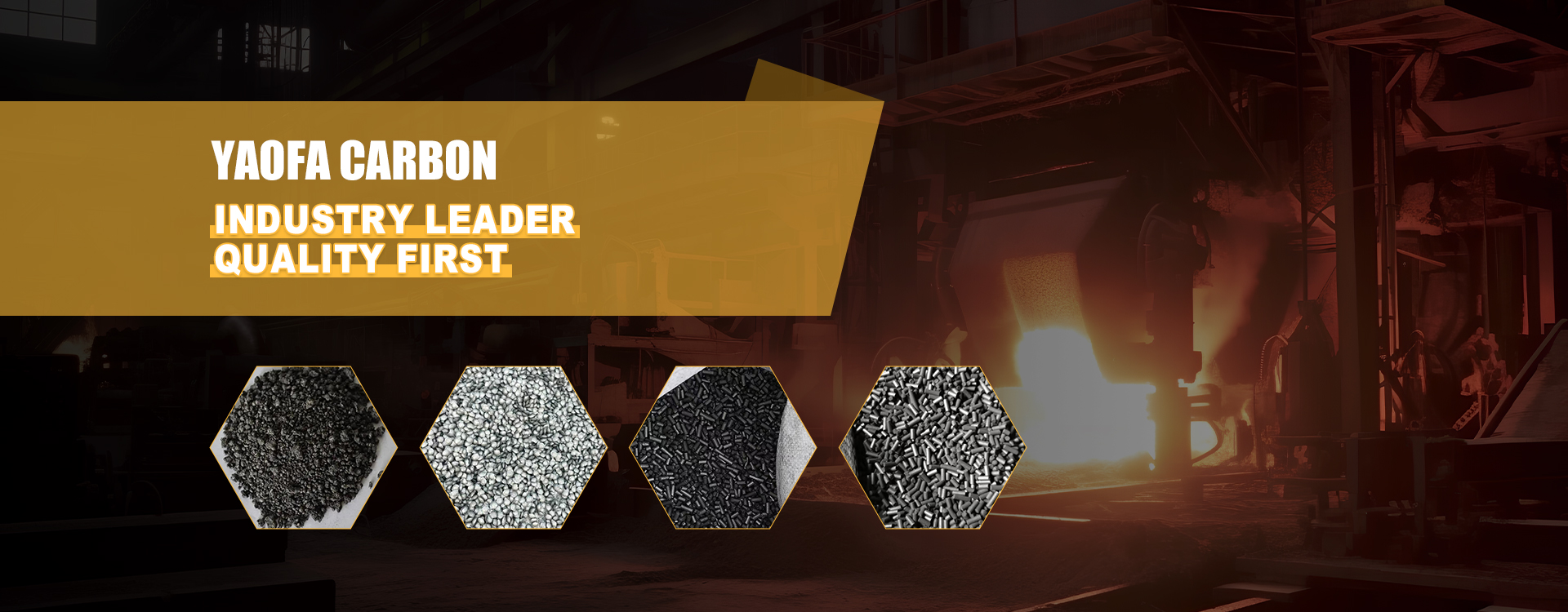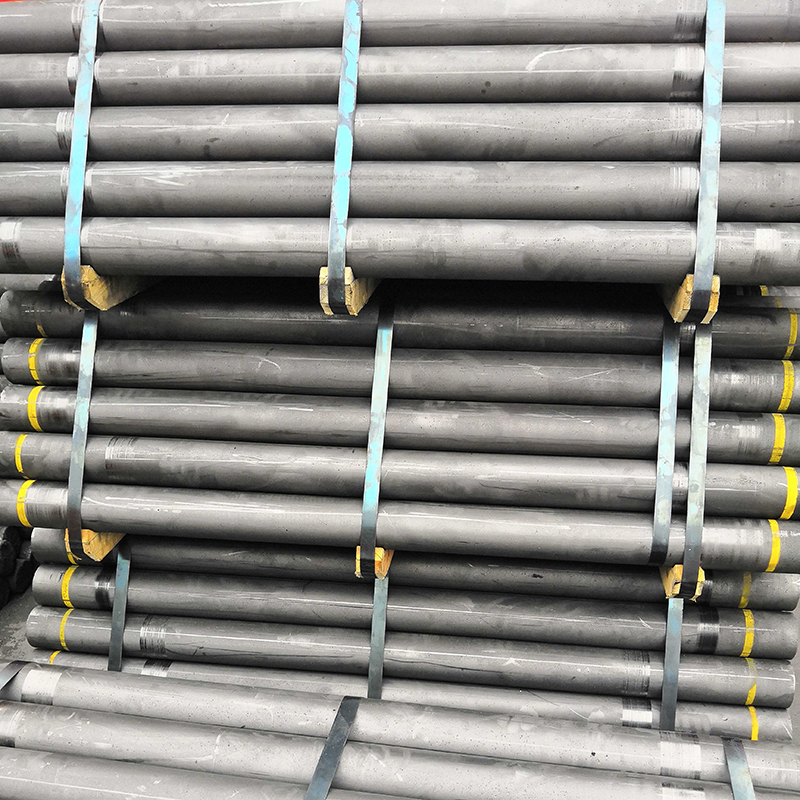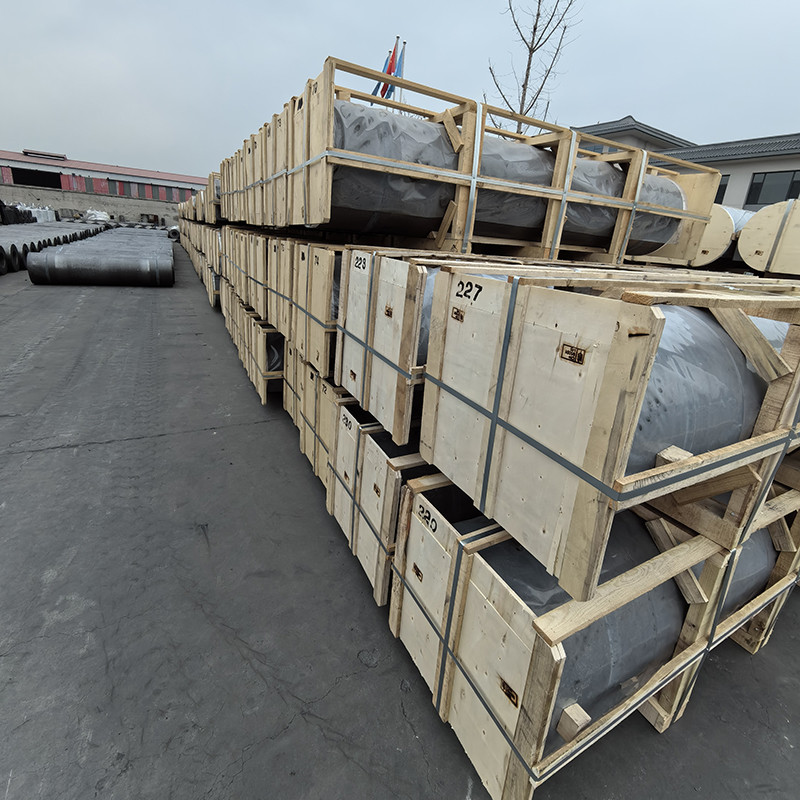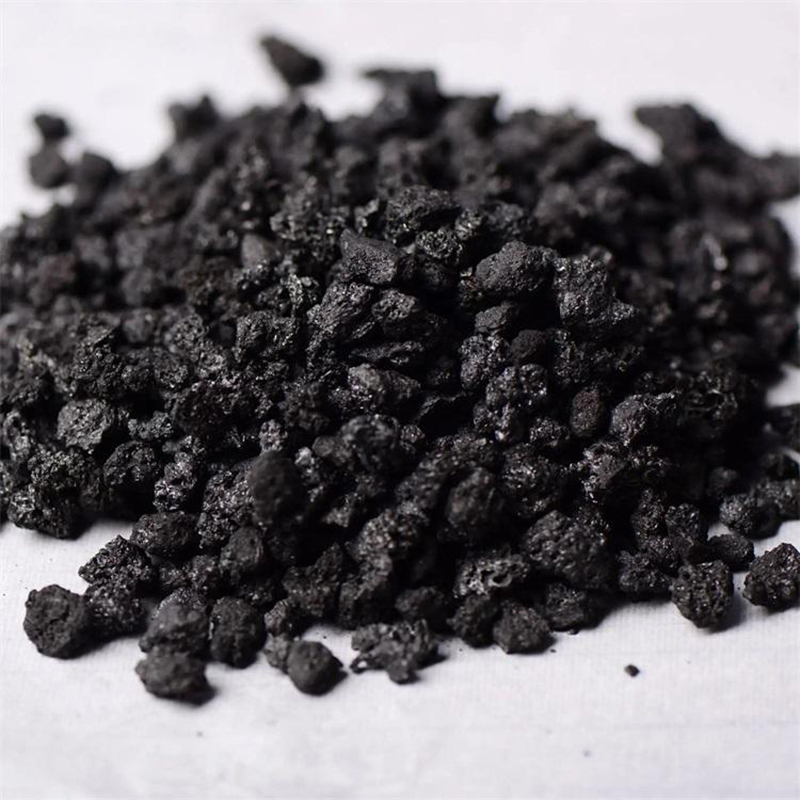- Chinese
- French
- German
- Portuguese
- Spanish
- Russian
- Japanese
- Korean
- Arabic
- Irish
- Greek
- Turkish
- Italian
- Danish
- Romanian
- Indonesian
- Czech
- Afrikaans
- Swedish
- Polish
- Basque
- Catalan
- Esperanto
- Hindi
- Lao
- Albanian
- Amharic
- Armenian
- Azerbaijani
- Belarusian
- Bengali
- Bosnian
- Bulgarian
- Cebuano
- Chichewa
- Corsican
- Croatian
- Dutch
- Estonian
- Filipino
- Finnish
- Frisian
- Galician
- Georgian
- Gujarati
- Haitian
- Hausa
- Hawaiian
- Hebrew
- Hmong
- Hungarian
- Icelandic
- Igbo
- Javanese
- Kannada
- Kazakh
- Khmer
- Kurdish
- Kyrgyz
- Latin
- Latvian
- Lithuanian
- Luxembou..
- Macedonian
- Malagasy
- Malay
- Malayalam
- Maltese
- Maori
- Marathi
- Mongolian
- Burmese
- Nepali
- Norwegian
- Pashto
- Persian
- Punjabi
- Serbian
- Sesotho
- Sinhala
- Slovak
- Slovenian
- Somali
- Samoan
- Scots Gaelic
- Shona
- Sindhi
- Sundanese
- Swahili
- Tajik
- Tamil
- Telugu
- Thai
- Ukrainian
- Urdu
- Uzbek
- Vietnamese
- Welsh
- Xhosa
- Yiddish
- Yoruba
- Zulu
- Kinyarwanda
- Tatar
- Oriya
- Turkmen
- Uyghur

Electrode particles
Understanding Electrode Particles
When diving deep into battery technology or any electrochemical setup, you inevitably encounter the term electrode particles. Yet, often they are misunderstood or oversimplified, which can lead to significant oversights in applications. Let's explore what these particles truly are, beyond the textbook definition, and how they affect performance and production, especially as seen through firsthand experiences in the industry.
Grasping the Basics of Electrode Particles
At first glance, electrode particles seem like just another component in a list. But their role is pivotal. They are the active material that interacts with ions in an electrolyte, crucial for energy storage devices such as lithium-ion batteries. The size, distribution, and morphology of these particles can dramatically impact the performance and longevity of the device.
One might assume that simply having high-quality materials ensures good performance. However, this is not entirely correct. Even the best materials can fail if the electrode particles are not optimized in terms of size and distribution.
In my early days working with Hebei Yaofa Carbon Co., Ltd., this was a lesson learned the hard way. The company, known for its carbon materials, provided an excellent platform to see how minute changes in particle characteristics could have outsized effects.
The Influence of Particle Size
A common oversight is not paying enough attention to particle size. Smaller particles increase the surface area, which often enhances the rate of electrochemical reactions. However, there's a trade-off. The surface area should not be so large that it causes excessive side reactions, leading to shorter battery life.
This balance can be tricky. Once, during a test with a new batch of graphite electrodes from Hebei Yaofa Carbon Co., Ltd., too many fines led to unexpected degradation. Adjustments required considering not just the carbon grade but also the specific application requirements.
The lesson here is clear: precision in manufacturing and consistency in particle size distribution are critical. You cannot simply rely on the vendor's specifications; nuanced adjustments based on empirical observations are needed.
The Role of Particle Morphology
While size is vital, morphology—the shape and surface structure of the particles—plays an equally significant role. Spherical particles, for instance, often pack more efficiently, impacting the electrode's porosity and the overall ionic mobility within the cell.
A particular scenario comes to mind when a batch from https://www.yaofatansu.com was initially rejected due to perceived inefficiency. Upon closer examination, it turned out that optimizing the morphology was the solution rather than adjusting the particle size.
Such instances highlight the need for a comprehensive understanding, beyond relying solely on numbers or standard practices. Real-world testing and adjustments are indispensable.
Challenges in Consistency and Quality
Achieving consistency in electrode particles is not just challenging but essential. At Hebei Yaofa Carbon Co., Ltd., the process control around graphite electrodes involves meticulous quality checks. Variability in production can lead to significant deviations in product performance.
In practice, this means that every batch undergoes rigorous testing. It’s not uncommon to adjust processes, even mid-production, to ensure that all parameters remain optimal. One memorable instance involved adjusting the temperature and pressure within the manufacturing process to correct an unforeseen anomaly.
Such hands-on experiences teach you that producing top-grade electrodes demands an adaptable, informed approach.
Adopting a Holistic Approach
Working with electrode particles requires a holistic view. Each aspect—size, morphology, distribution—intersects with the others. Isolating one without considering the others can lead to suboptimal results.
At Hebei Yaofa Carbon Co., Ltd., the continuous evolution of techniques and processes is a testament to this understanding. The focus is not solely on production but on subsequent extensive testing phases, ensuring the end products exceed industry standards.
To wrap things up, while textbooks and datasheets provide foundational knowledge, true mastery over electrode particles comes from hands-on work, constant learning, and a deep-rooted adaptability to change. And that's a journey that every manufacturing professional should be ready to undertake.
Related products
Related products













